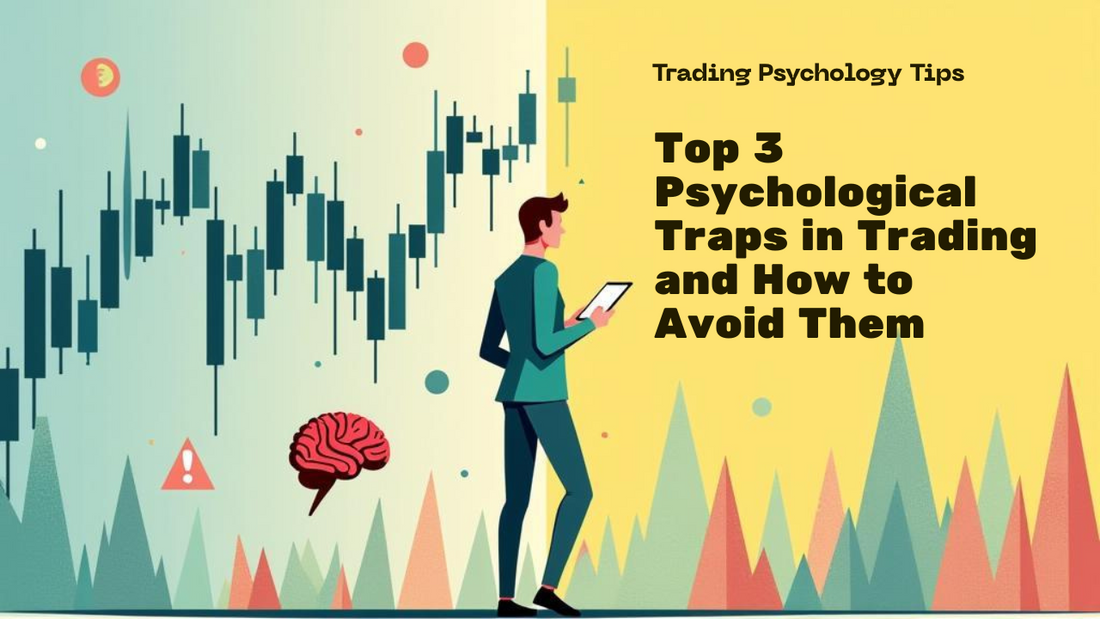
Top 3 Psychological Traps in Trading and How to Avoid Them
Share
Trading in the financial markets can be a challenging endeavor, requiring not only knowledge of market trends and analysis but also a strong understanding of one's own psychology. Many traders fall into common psychological traps that can hinder their success. In this blog post, we will explore the top 3 psychological traps in trading and provide strategies on how to avoid them.
1. Confirmation Bias
Confirmation bias is a common trap that traders fall into, where they seek out information that confirms their existing beliefs and ignore information that contradicts them. This can lead to poor decision-making and missed opportunities in the market. To avoid confirmation bias, traders should actively seek out diverse sources of information, consider alternative viewpoints, and constantly challenge their own assumptions.
2. Fear of Missing Out (FOMO)
The fear of missing out, or FOMO, is another psychological trap that can be detrimental to traders. FOMO occurs when traders make impulsive decisions based on the fear of missing out on a profitable opportunity. This can lead to chasing trades, overtrading, and taking on excessive risk. To avoid FOMO, traders should stick to their trading plan, set clear entry and exit points, and avoid making decisions based on emotions.
3. Loss Aversion
Loss aversion is a natural human tendency to prefer avoiding losses over acquiring gains. In trading, this can manifest as holding onto losing positions for too long in the hope that they will turn around. This behavior can lead to significant losses and missed opportunities. To overcome loss aversion, traders should set stop-loss orders, adhere to risk management principles, and accept that losses are a part of trading. By cutting losses early, traders can protect their capital and avoid emotional decision-making.
In conclusion, understanding and managing psychological traps is essential for success in trading. By being aware of common pitfalls such as confirmation bias, FOMO, and loss aversion, traders can make more informed decisions and improve their overall performance in the market. Remember, trading is not just about analyzing charts and data – it's also about understanding your own psychology and emotions.



